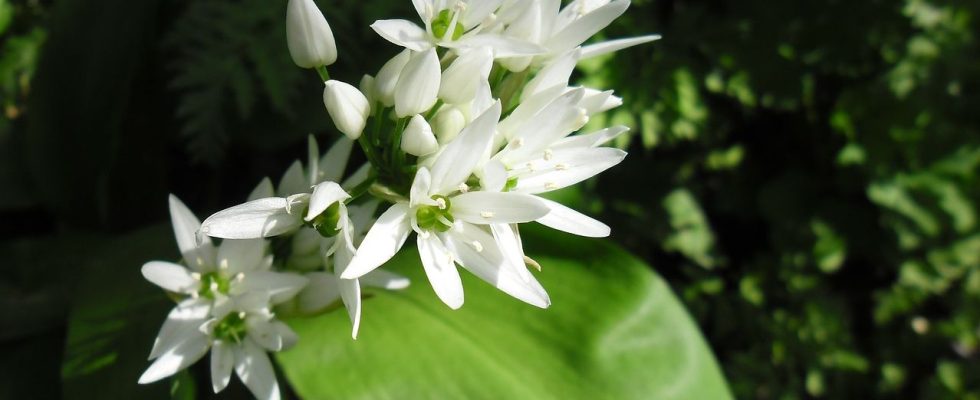Attention cooks and other plant lovers: don’t pick just anything from nature! This is the meaning of the message delivered this Thursday by the regional health agency (ARS) of the Grand-Est. Why in this region? Because this is where wild garlic mainly grows, especially in Alsace, as well as in Rhône-Alpes.
Having become a first choice herb again in recent years, it is often not difficult to find. Its strong garlic odor gives it away and it is generally found in the undergrowth, or under the shelter of trees sometimes in gardens. So far, no problem. Except that wild garlic can easily be confused…
Particularly with colchicum, lily of the valley and gouet (spotted arum). “It’s often with these three that we can make a mistake,” confirms Lise Bessot, pharmacy pharmacist in Strasbourg. The specialist in phyto-aromatherapy and herbalism warns: a mistake can be dramatic. “There have already been cases of fatal poisoning for thrush and colchicum. Concerning the taste, it causes major irritations,” she explains before giving some advice to avoid such a mishap.
Differences on the leaves
“Confusions often come before the flowers appear because everyone knows, for example, how to recognize lily of the valley bells. But the leaves are similar to those of wild garlic. Those of the lily of the valley are always in twos or threes with parallel veins. Those of wild garlic are ellipse-shaped and only come out at the base with one leaf at a time,” explains Lise Bessot.
Finally, the leaves of colchicum are “more rigid, fleshy, stemless, with a rounded tip and seem to come directly from the ground. The bulb is round and dark,” writes the ARS. Not necessarily easy to see at first glance… The only thing left is the smell, right? “Yes, we smell garlic but when we have picked a lot of it, our hands are soaked with it,” retorts the pharmacist. ARS advice in this case: “crunch each leaf” and “do not pick the leaves in batches to avoid mixing edible species”.
“Being a plant picker cannot be improvised,” insists Lise Bessot. “There are courses for training and otherwise, it is better to know your area well. » In case, advice from a pharmacist can be requested. “Do not consume your preparation in case of bitter taste (colchicum)” and “photograph your harvest before preparation (can be useful for secondary identification)”, adds the ARS before reminding that “in case of uncertainty, the plant should not be consumed! »

